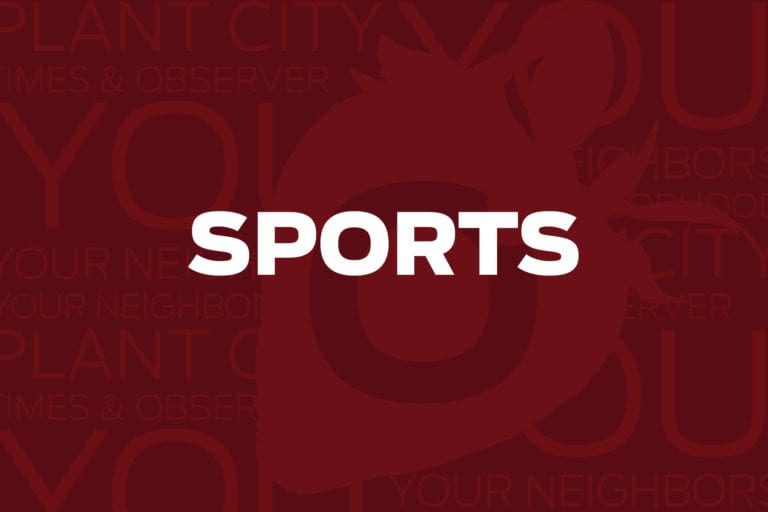
National letters of intent bind high school athletes to college programs, but is that agreement really giving the athletes a fair shake when it comes to their futures?
Early next month, college sports fans all over the United States will be glued to their televisions, computers and phones to watch a lot of high school students they’ve never met (and hopefully never Tweeted at, either) sign with their preferred colleges. If you’re unfamiliar, it’s like watching a professional sports league’s draft if all of the picks were predetermined and announced by many of the players ahead of time. It’s full of optimism and largely drama-free.
It’s also flawed in a way that’s very much fixable, but no one at the reins seems to mind.
Don’t mistake this paragraph as an attack on Miami Hurricanes head football coach Manny Diaz, who just jumped on the opportunity to get his dream job. Diaz’s contract (along with Temple’s athletic director) allowed for him to leave Temple just two weeks after he was hired to run the Owls’ football program.
I can’t think of a better coach-program pairing than Diaz and the ‘Canes. But Diaz’s ability to waltz right out of Philly with virtually no resistance is something many college athletes wish they had and, in my opinion, should have as early as high school.
When you sign an NLI in your school auditorium or media center, at your home or some other location of your choosing, you enter yourself into a binding agreement to give said college at least one full year of your time in order to receive whatever athletic scholarship benefits you’ve been offered. You can quit the program and still get your scholarship so long as you remain enrolled at the school for the rest of the year. Should you try to transfer right away, which has been made difficult enough to do already, you can kiss those benefits goodbye as you’ve effectively broken a contract.
The problem with the NLI’s binding agreement focusing solely on the institution is that it totally overlooks many reasons why our kids end up at those schools.
This is where Diaz comes into play. Temple had a lot of kids participate in early-bird National Signing Day events (which I dislike because of departures like this) while Diaz was around. Diaz recruited them. Kids signed under the impression they would get to play for him and his assistants. Next thing anyone knows, the ink is dry and Temple needs a new football coach.
So the NLI agreement disregards situations like that to, I guess, keep things from getting too messy for the schools. It doesn’t account for all the athletes out there that commit to programs specifically because of the people who recruited them, specifically to play for and learn from these people. A coach can be the difference-maker when a kid’s choosing between a school they had been familiar with and a school they’d maybe never heard of before a coach they really like walked into their life.
At that point the institution itself becomes a secondary factor. I’ve talked to a lot of recruits over the years and almost all of them have told me feeling like they’re playing for people who truly care about them is a top priority. If it’s not priority number one, it’s priority 1B.
What’s the point in pretending everyone who signs an NLI had their heart set on Whatever State University from the jump and doesn’t care who runs their sport’s program? You’d have to be incredibly naïve or willfully ignorant to think coaches going through the recruiting process are going to tell these kids anything about their plans to leave a program until the ink is dry on their new contracts and they’ve already started cleaning out their desks that morning.
It’s an unforeseen event no athlete can plan for, thus I believe it’s not fair to prevent kids from backing out of their original NLI and re-opening their options when the coach they wanted to play for decides to peace out. It’s so easy to just change the language, let the kids re-open their searches and let the schools have that allotted scholarship money back to use on someone else.
There are no multi-million dollar buyouts to navigate. It’s not that hard to give athletes similar freedoms as coaches like Diaz who can jump to greener pastures when the opportunity arises. The athletes are the most important piece of the college sports machine. Why not treat them like it?
